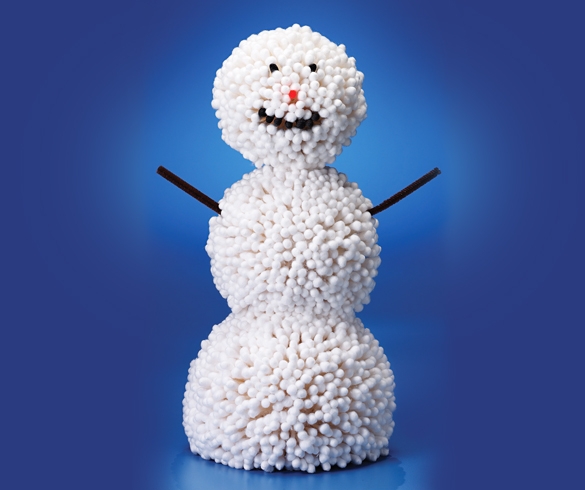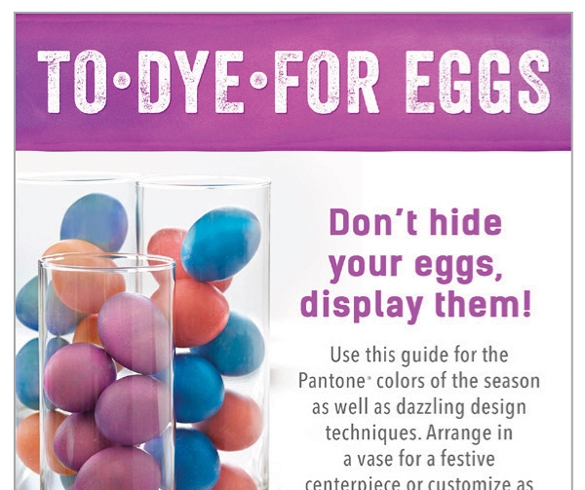
Low-carb and low-sugar have overtaken low-fat in popularity, according to Google trends for the past decade. Today, you know too much sugar won’t do any favors for your physical or mental health. And fruit, often touted as nature’s candy, can be first on the chopping block. Here, a look at three common claims surrounding the sugar in fruit — and what you need to know before you reach for your next banana.

A large banana, at 17 grams of sugar, has almost as much sugar as a Kit Kat Bar (22 grams). However, the nutrition label paints an incomplete picture — you see total sugar but not added sugar, which is the kind health advocates say should be limited. Fresh fruit has zero added sugar. It’s also packed with valuable nutrients like vitamins A, C, folate, potassium, fiber and other antioxidants.

Fruit contains fructose, a type of sugar that’s processed exclusively by the liver. Eating too much fructose in a short time frame can be harmful since the liver converts it into fat and stores it. A buildup of too much fat can cause fatty liver. While that might sound scary, it’s harder to unintentionally OD on fructose than you think. The liver won’t turn fructose into fat unless certain requirements are met. You’d have to surpass your calorie goal, eat a high percentage of those calories from fructose and do this regularly. A meta-analysis found adults eating 100–150 grams of fructose per day increased their blood triglycerides, a sign that precedes fatty liver.
The reality is we eat much less fructose, averaging just 55 grams per day. To put that in perspective, 100 grams of fructose would mean you’d need to consume 10 apples, 18 bananas or 44 peaches.

True. It doesn’t matter if glucose (aka sugar) comes from soda or an orange — they both spike blood sugar. In a healthy individual, it’s normal for blood sugar to rise after eating carbs. The body releases insulin to bring it back to regular levels. Blood sugar isn’t a good reason to equate oranges to soda unless you have insulin resistance or diabetes, in which case you might need to limit your fruit intake.
THE BOTTOM LINE
Don’t ignore the evidence that fruit helps with weight control, heart disease, diabetes and more. Rather than obsessing over the sugar in fruit, focus on eating a healthy, well-balanced diet that includes a mix of colors and food groups and minimizes added sugar. For example, instead of adding a ton of fruit to your smoothies, make sure you also have a green like spinach or kale, a source of protein and healthy fats.







